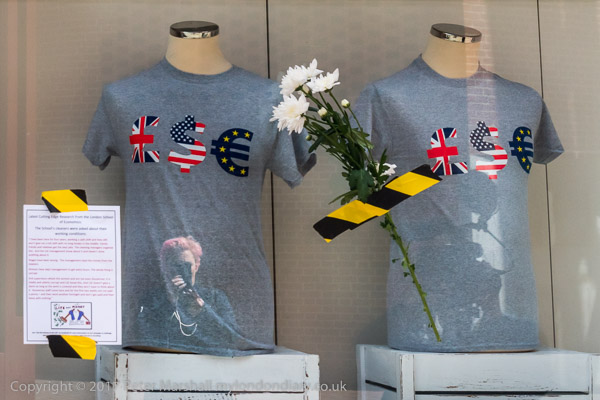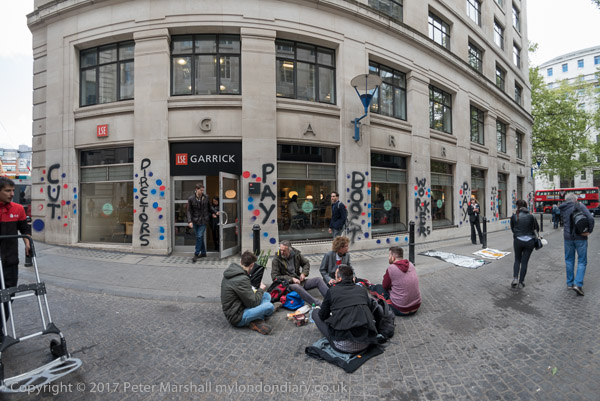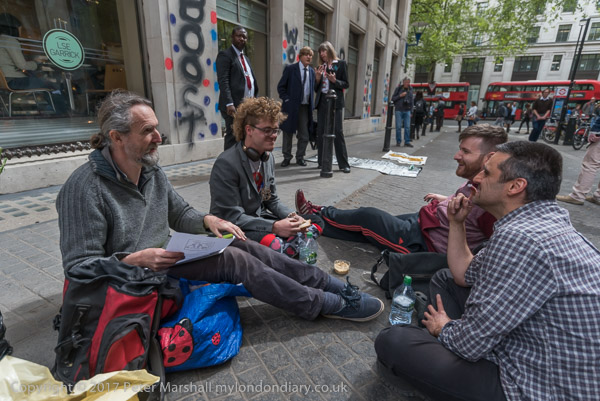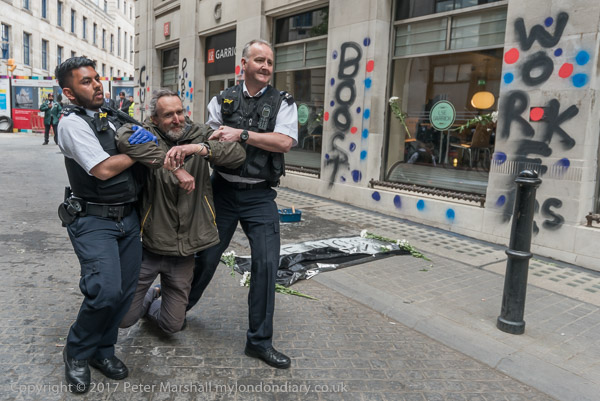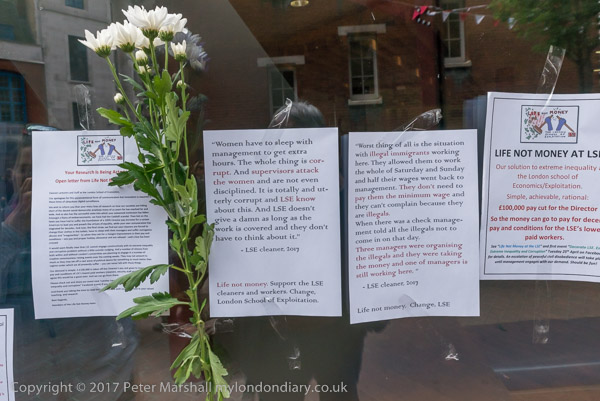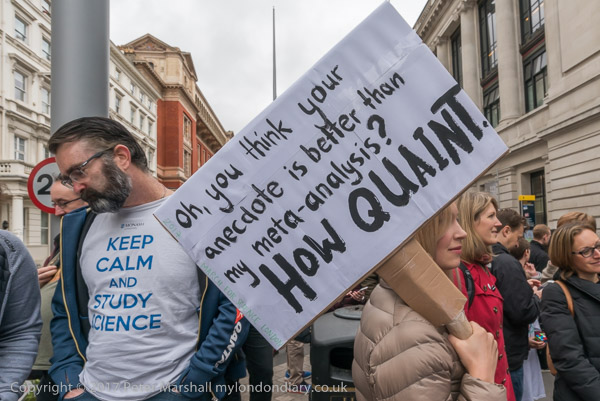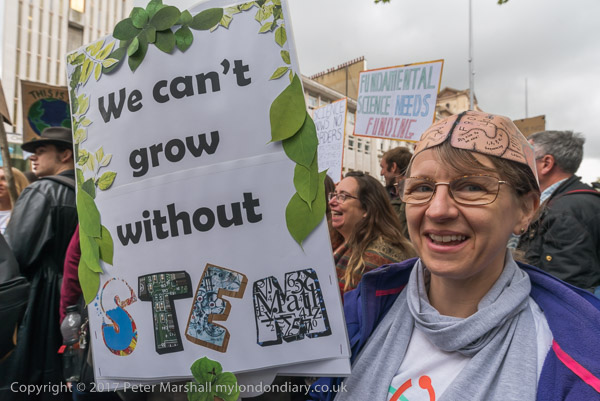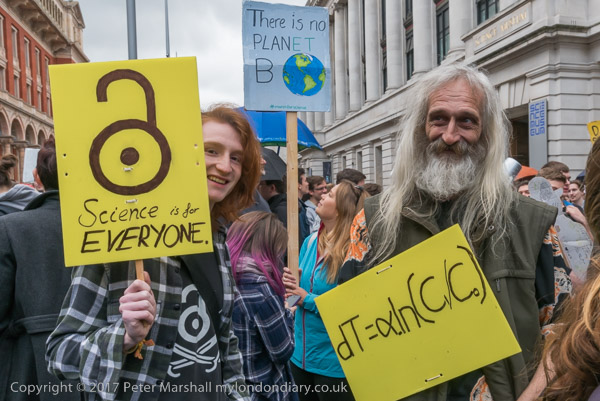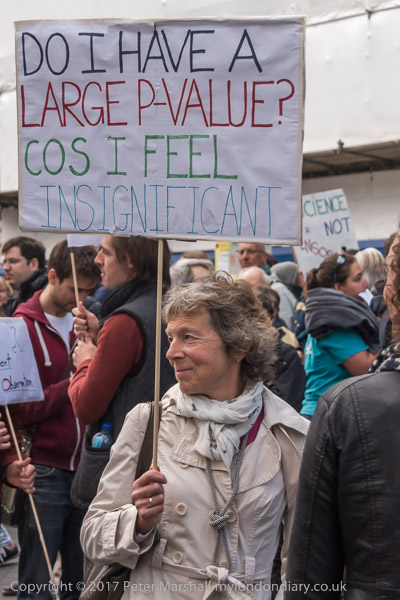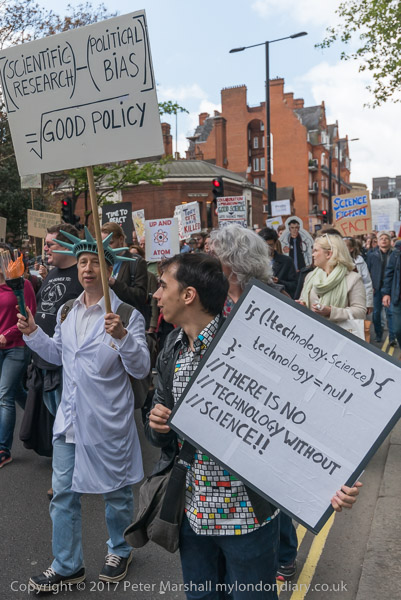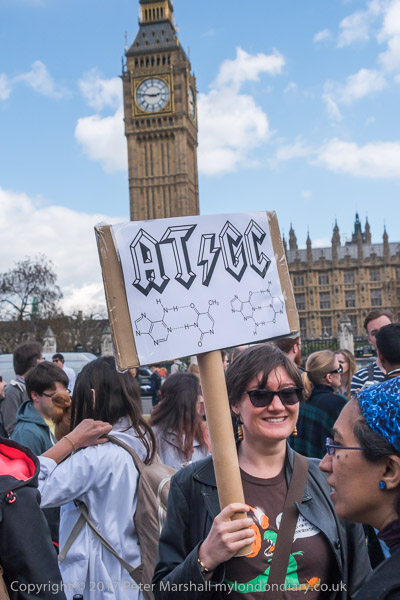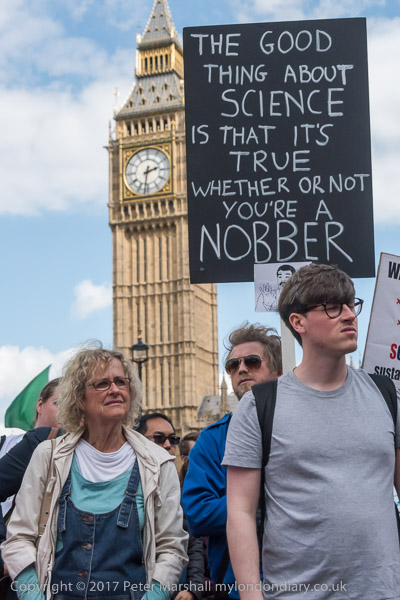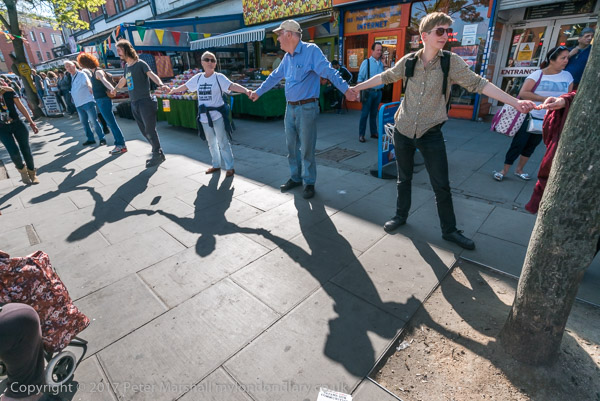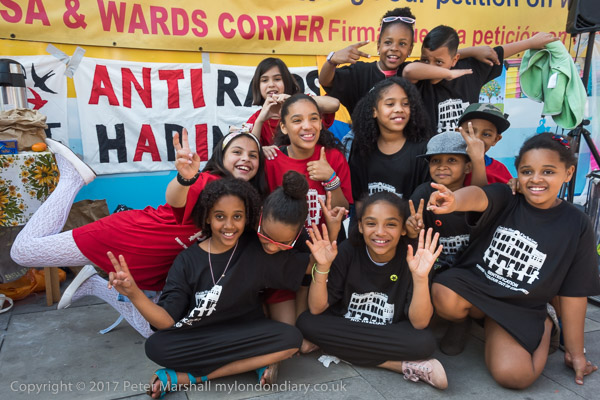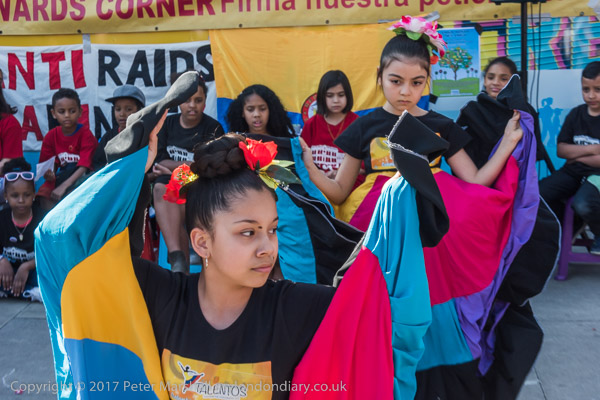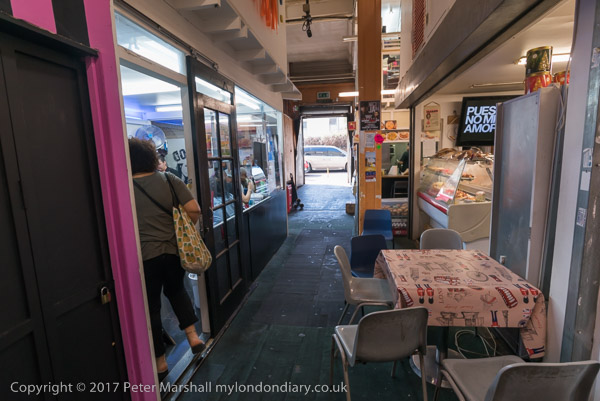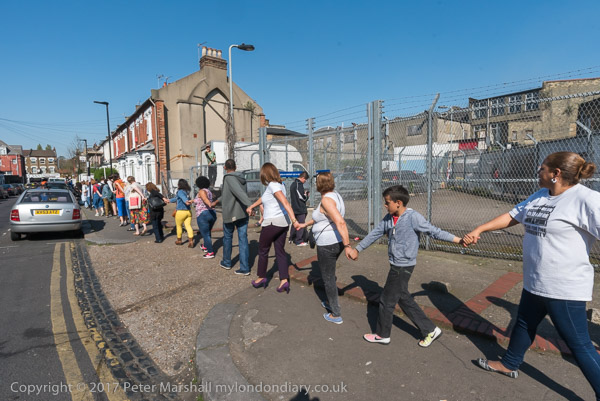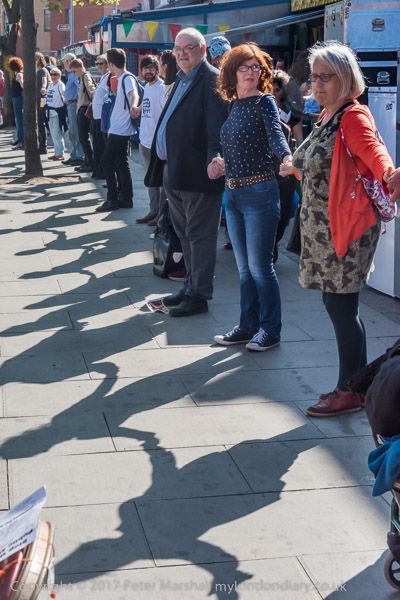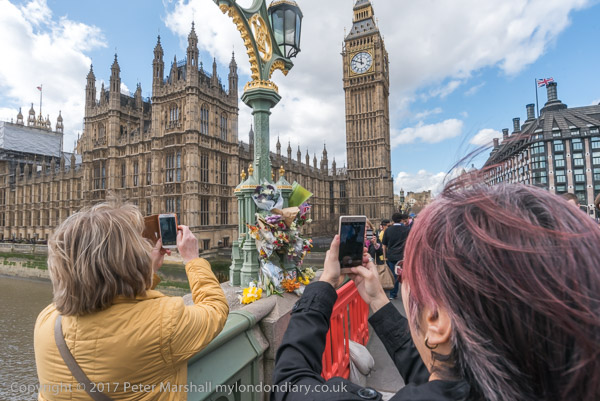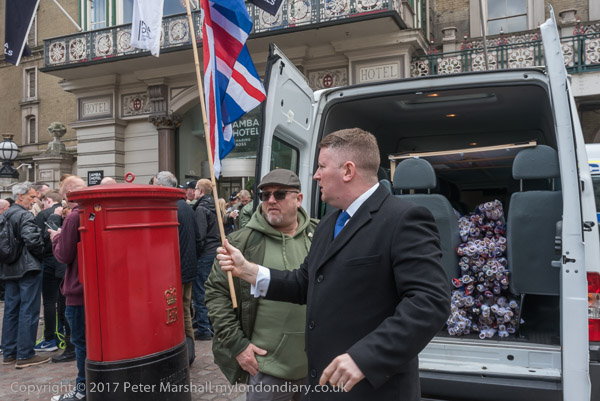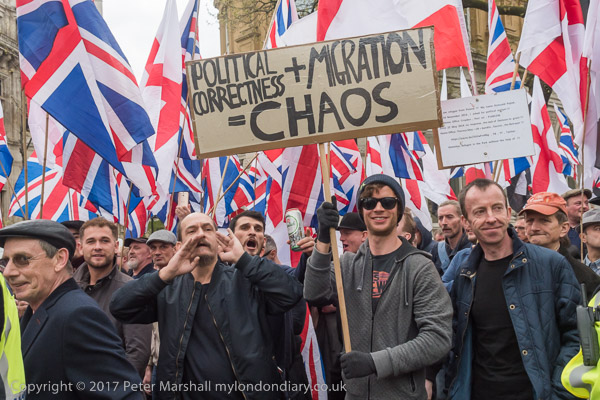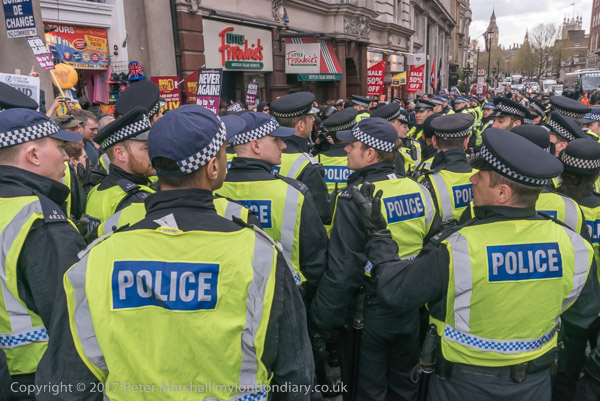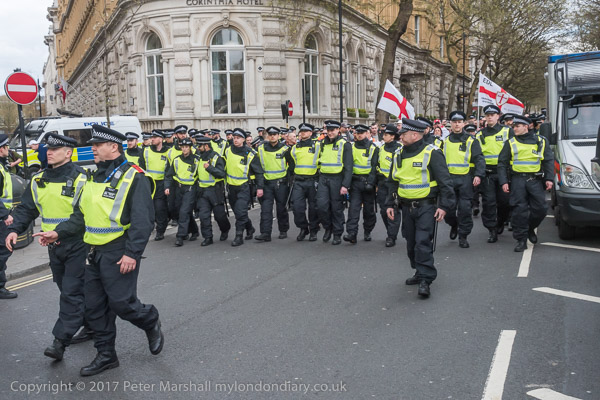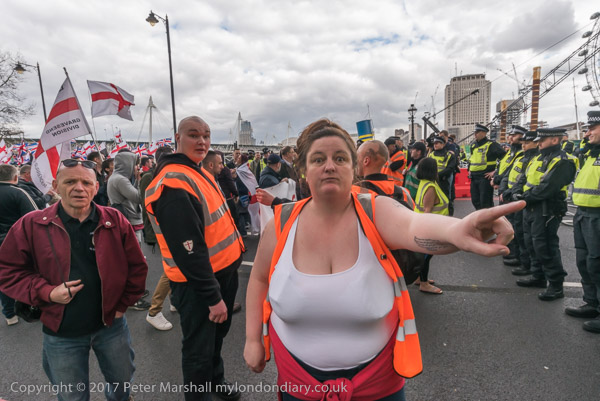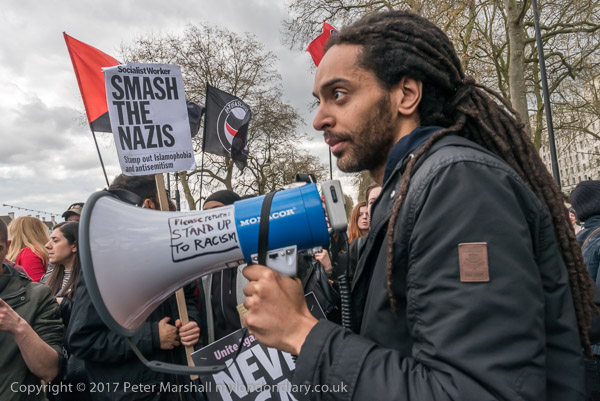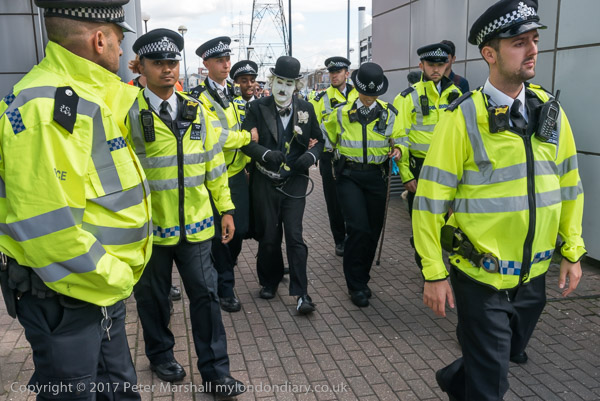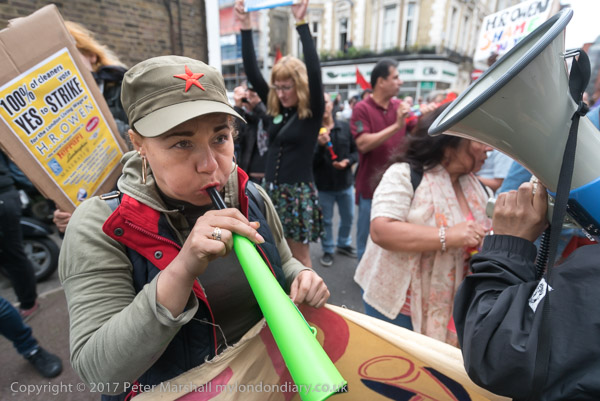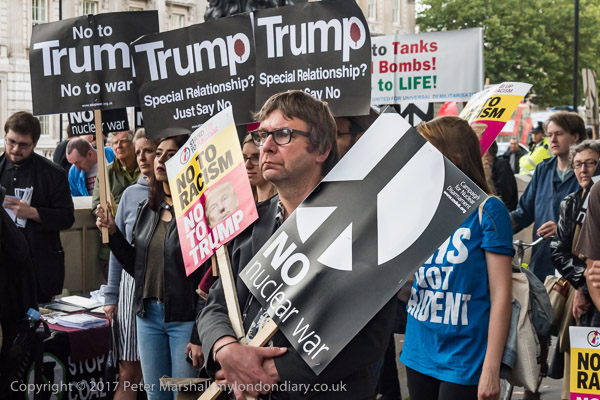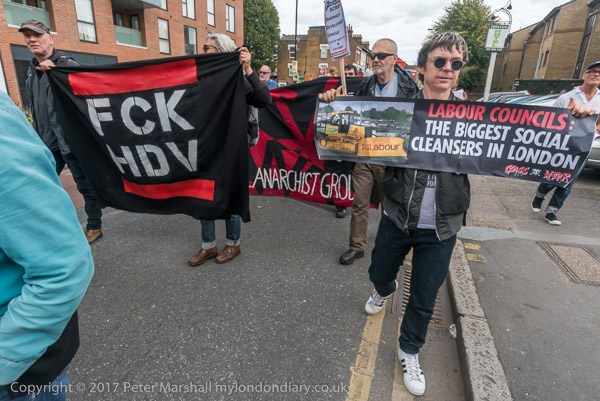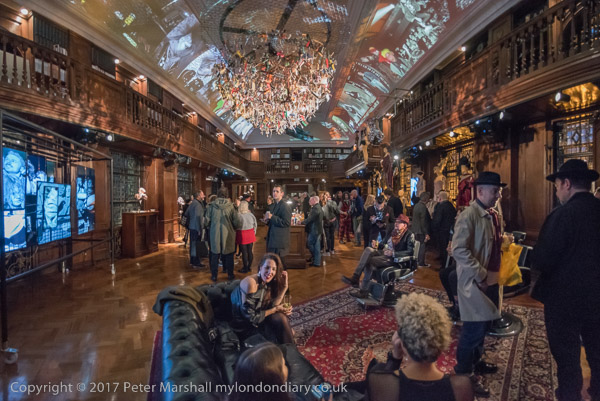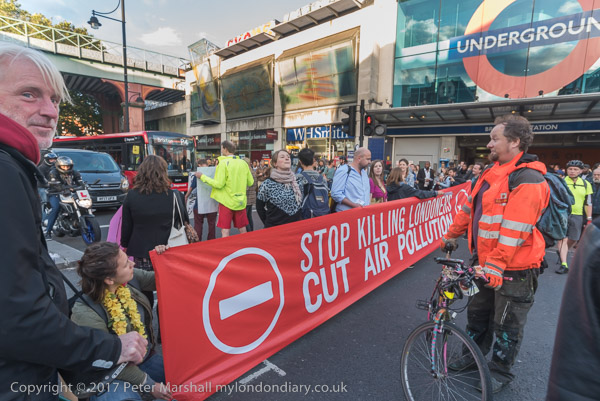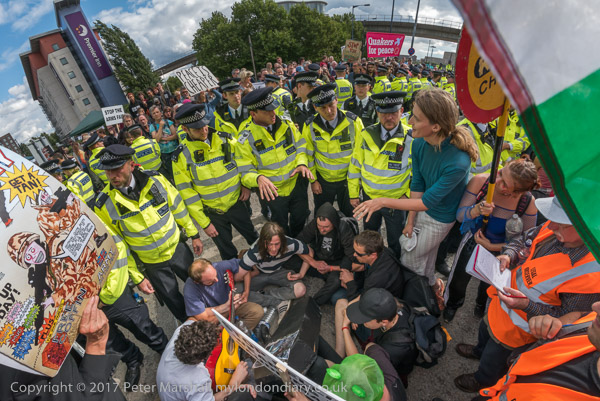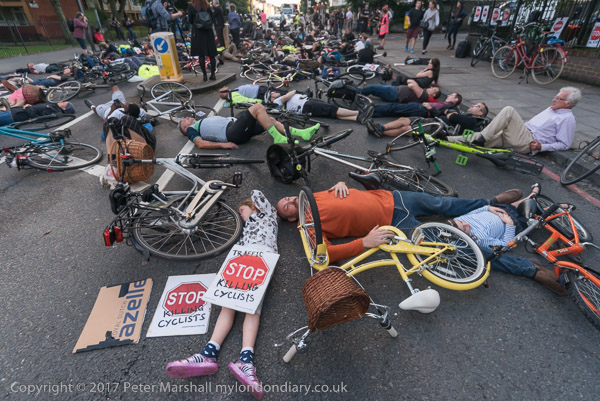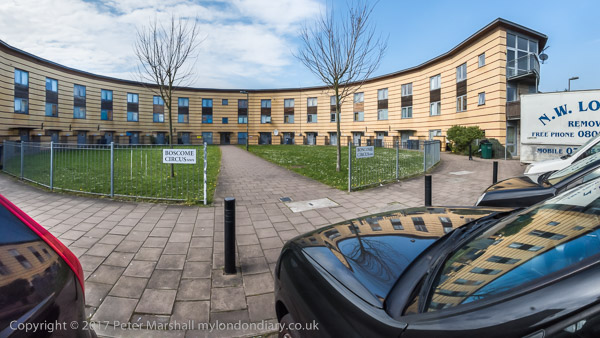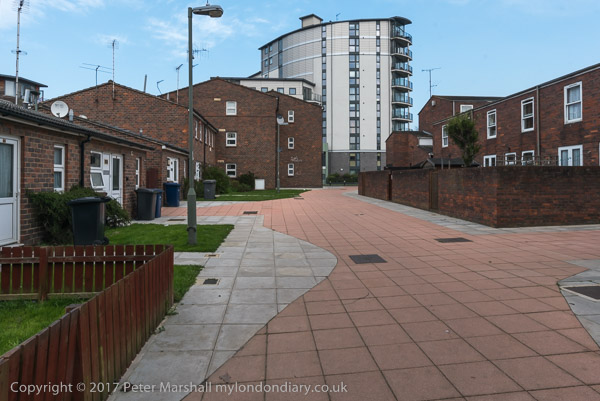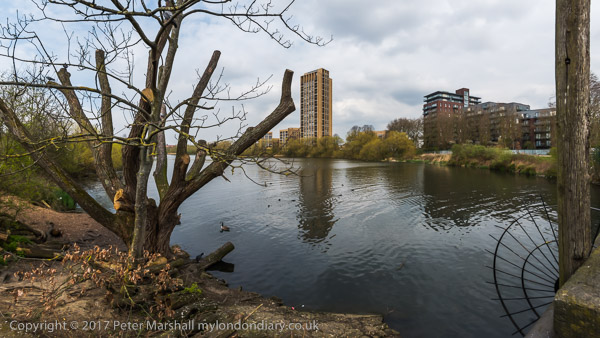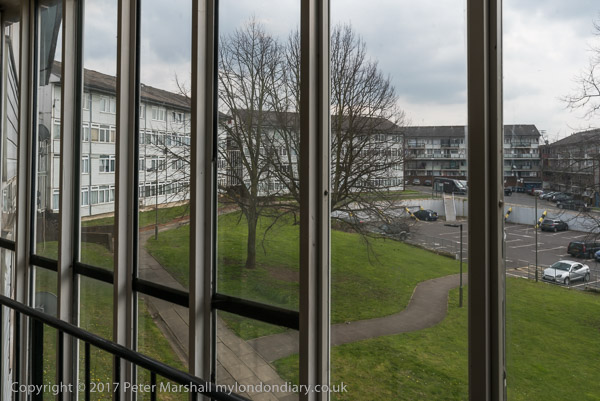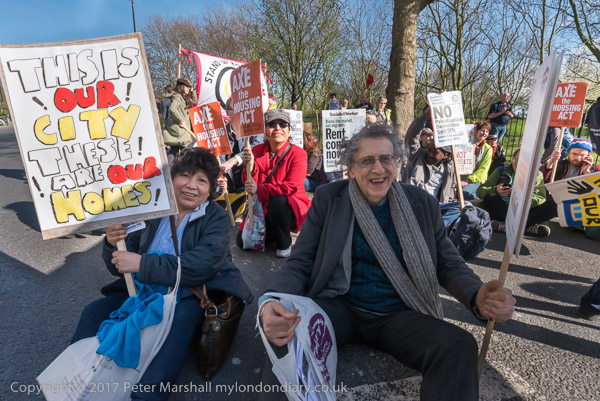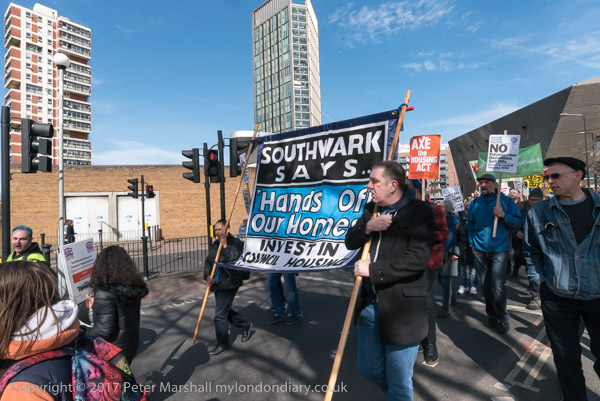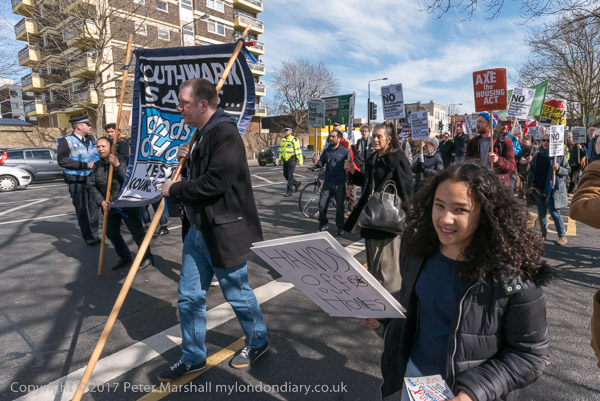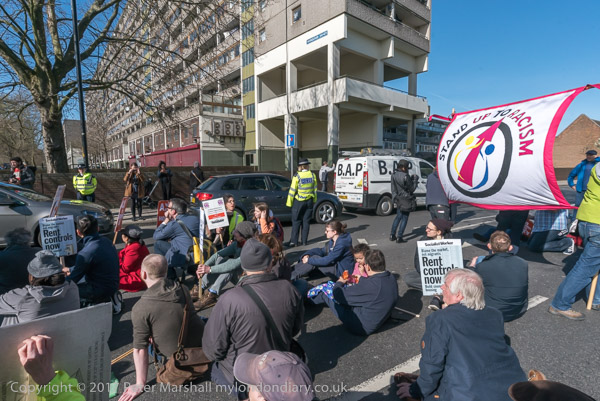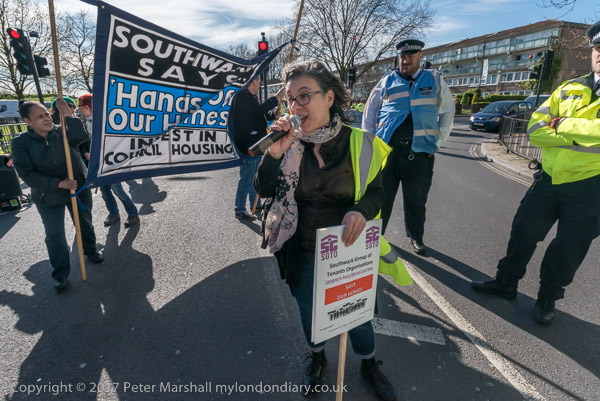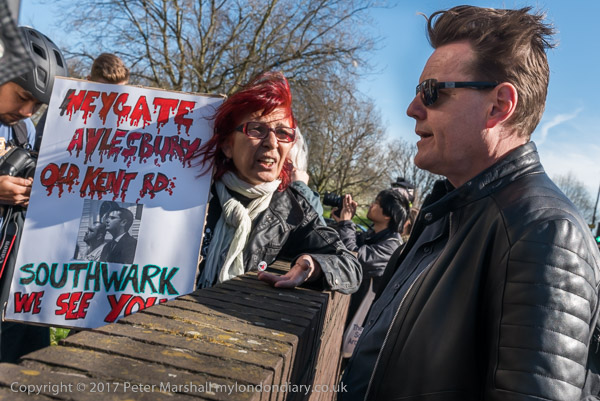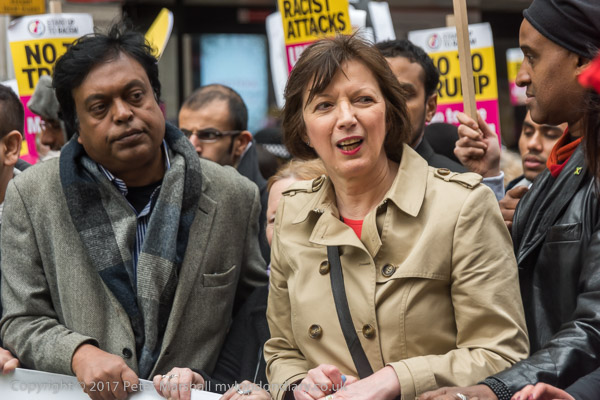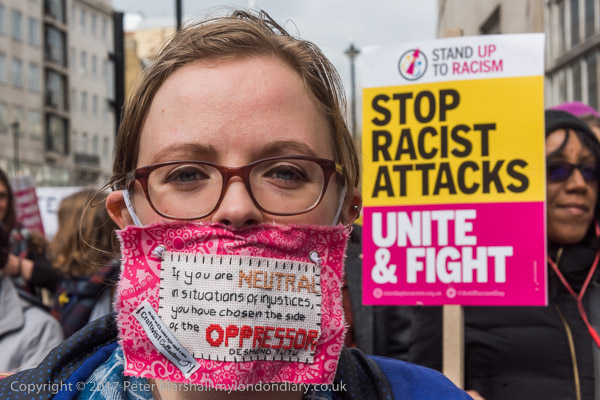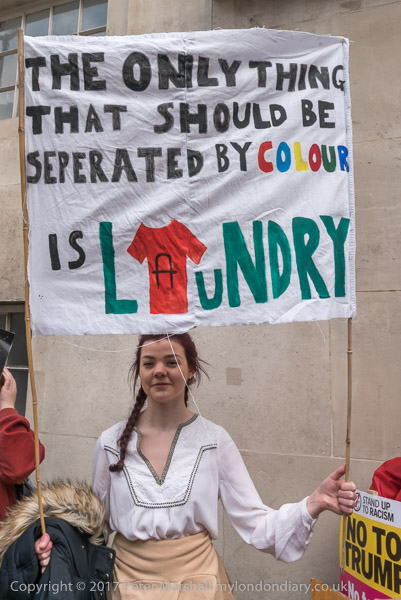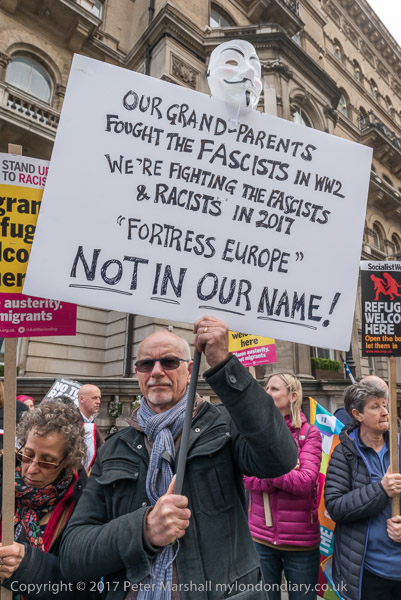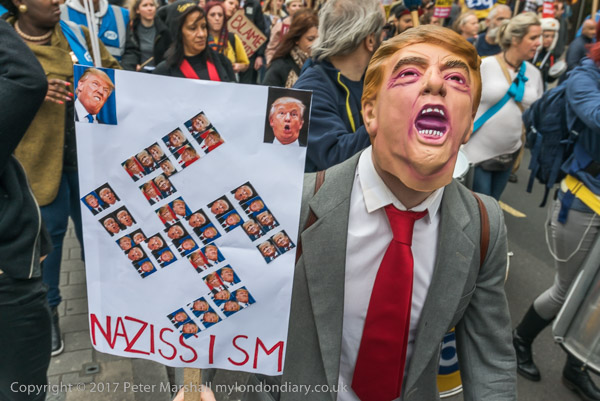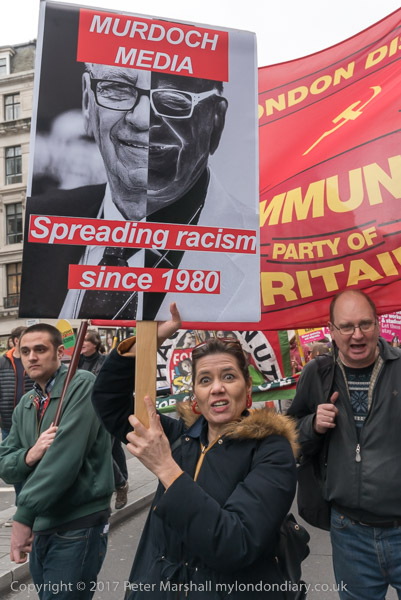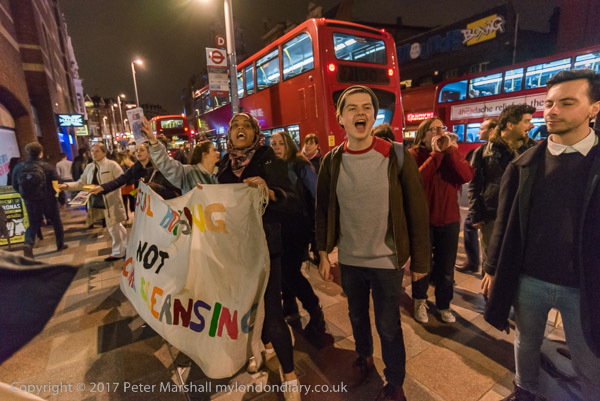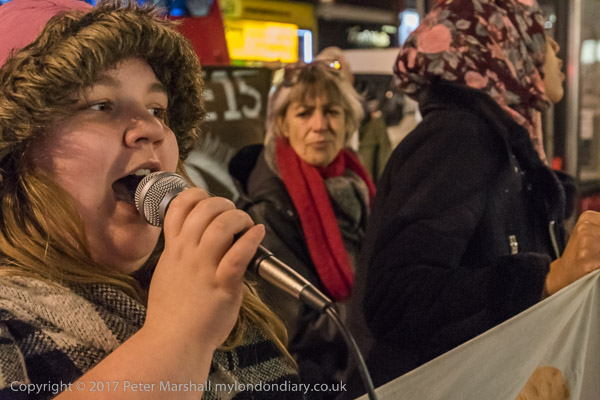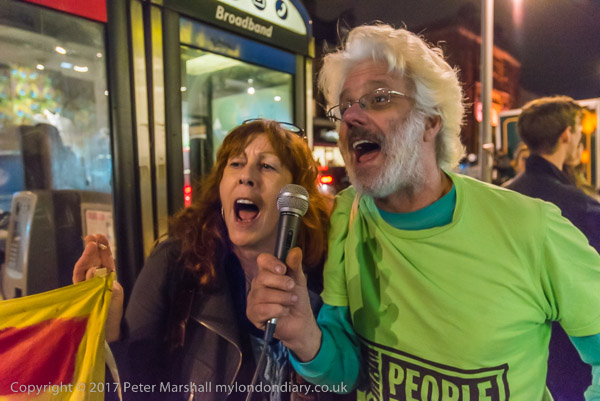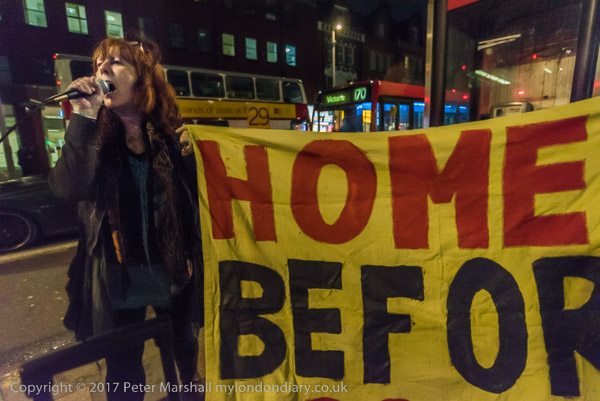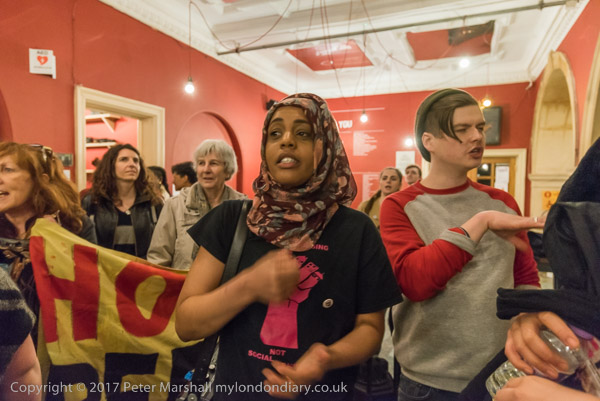Back in the late 1970s when there seemed to many of us that their was a least a glimmer of a photography culture emerging in the UK that might support serious photographers, thanks to the efforts of Creative Camera, the Arts Council and a few people in education, particularly in the Midlands, including Paul Hill and Ray Moore, we suffered a huge academic land grab which more or less snuffed out that fledgling. Creative Camera degenerated, the Arts Council altered course and many photographers were relegated to obscurity.
Photography was largely sacrificed on the altar of academic respectability, becoming subservient to the word, being relegated to what many saw as its rightful subservience in our logocentric culture. You want a degree you’ve got to read learn a secret language to read deliberately obscured texts and write pretentious essays, never mind the pictures.
The flagship of this enterprise was a curious work, On Photography by Susan Sontag, which came at the top of every degree course reading list. My own copy of this 1977 best-seller soon got into a sorry state from being thrown down at its more ridiculous sentences, its margins annotated with my explosions at her ignorance and misunderstandings, her half-digested regurgitations from earlier sources.
It did make rather a good television programme, which I had recorded and watched several times, and felt to be far superior to the book, not least because in it her thoughts became tied to actual examples, the particular rather than the generalisation. And perhaps because of the work of a better editor than at her publisher and the more limited canvas available.
It was a book that spawned more books, but never provoked any photography of significance, that led to a whole school of academia that treats photographs as just an abbreviated list of the objects and events they depict, largely dismissing the aspects that make photography an vital and visual medium.
We no longer simply looked at photographs, no longer experienced them, but in that oh so reductive usage, we ‘read’ them. Not that reading photographs can’t give us valuable insights – and it was always a part of looking at them – but it is only a partial exercise, and the visual, expressive, aesthetic aspects were generally dismissed as unworthy of study.
On Photography is a book that should only appear on reading lists for students with a health warning, and one of the best health warnings is provided by an article recently resurrected by A D Coleman, Susan Sontag: Off Photography, originally written by him in 1979 but not published until 1998. In his introduction to this republication, Coleman notes:
Sontag subsequently acknowledged that photography was not her real subject and had simply served her as a convenient whipping boy, and — in Regarding the Pain of Others (2003) — she eventually retracted most of what she’d had to say in her original diatribe.
Regarding the Pain of Others is certainly a far better book about photography, and the photography of war in particular, but I don’t recall ever seeing it on the reading lists for photography students. Perhaps it should be, replacing her ‘On Photography‘.
